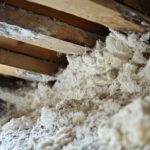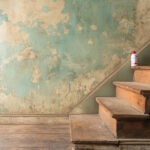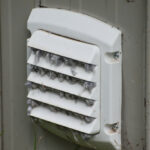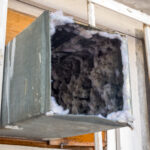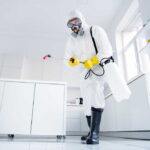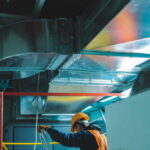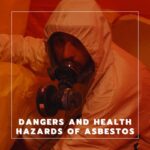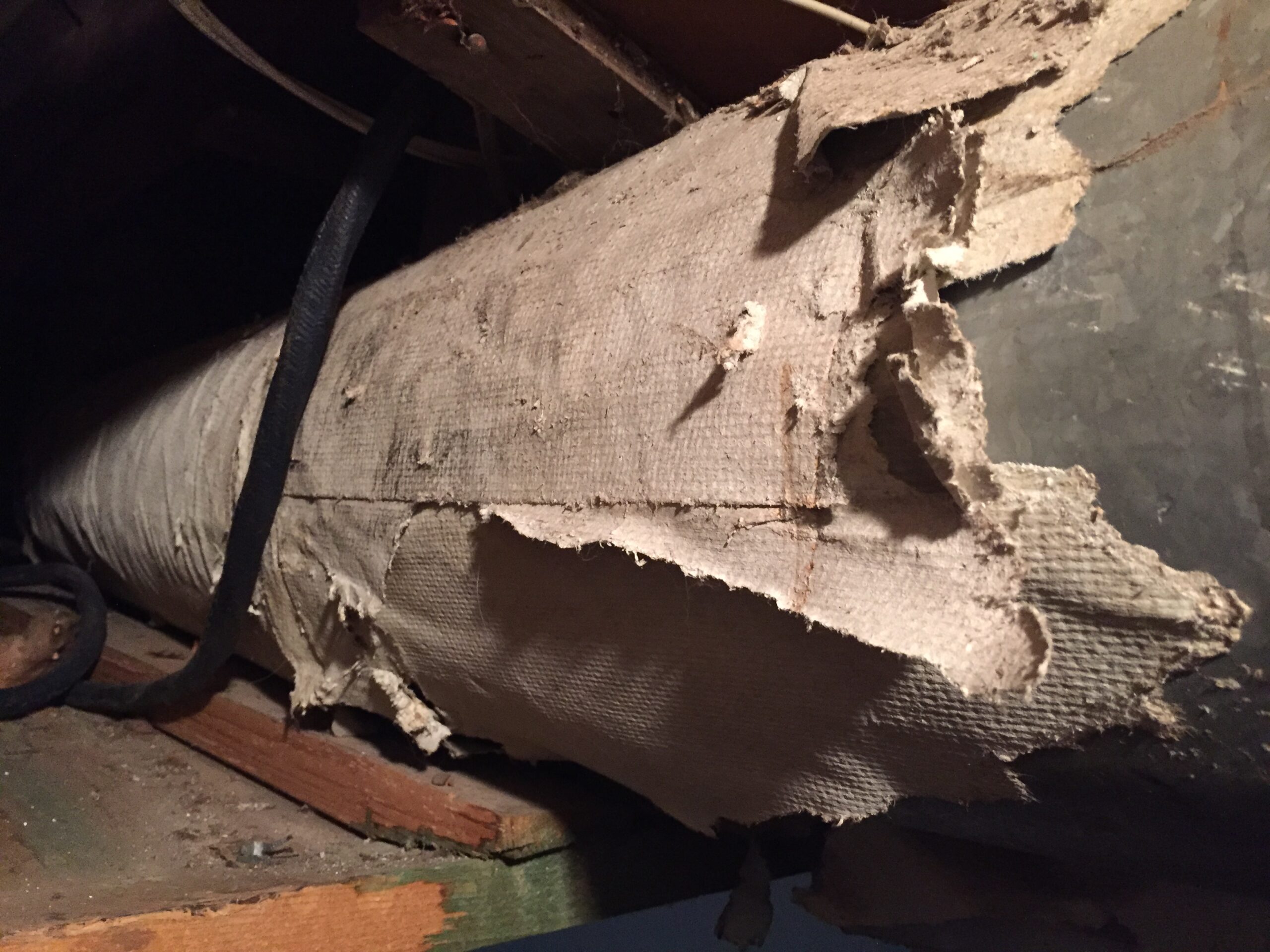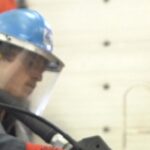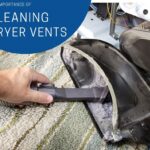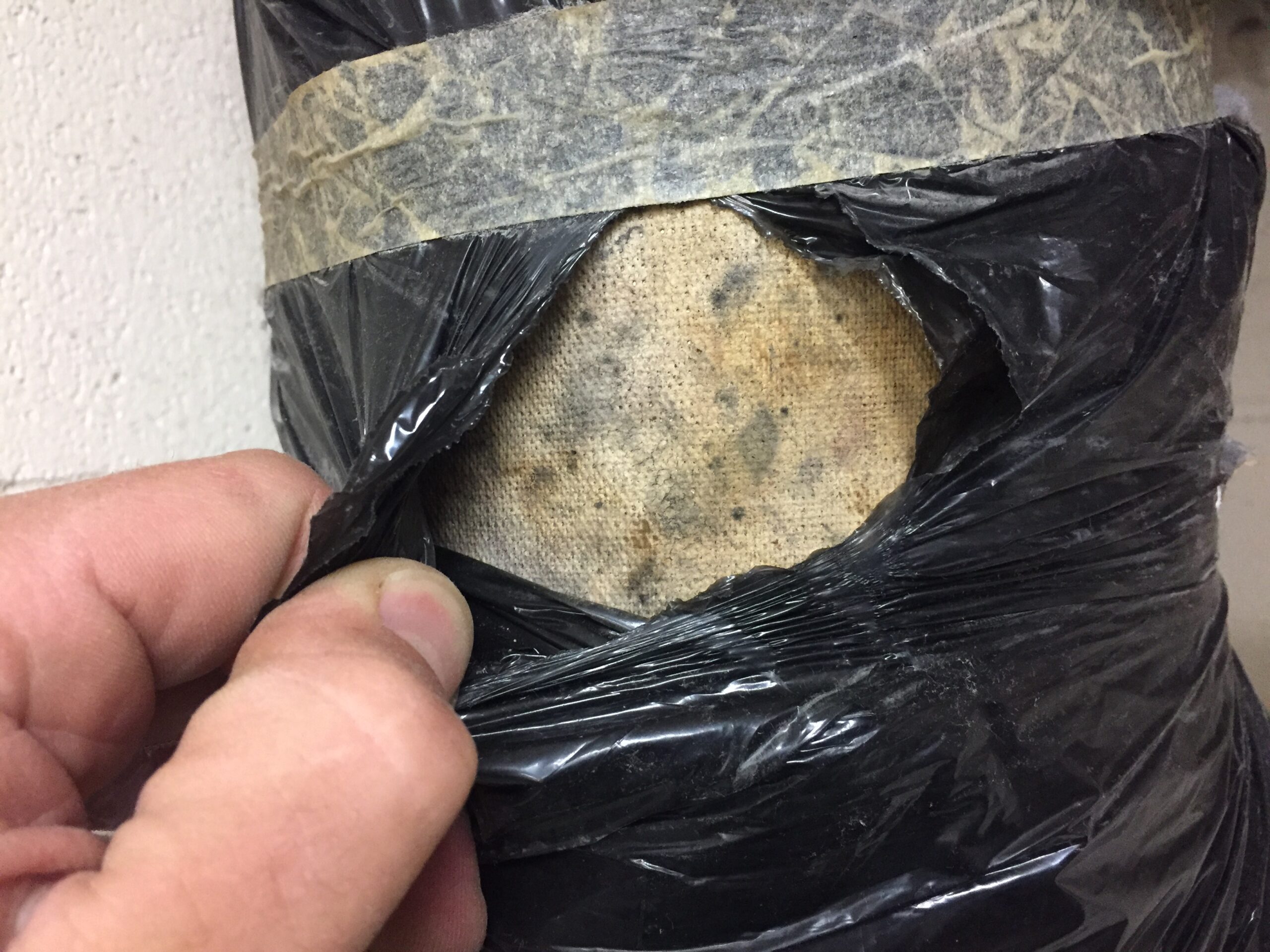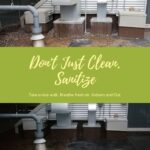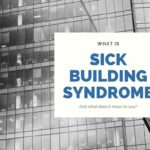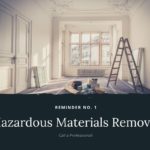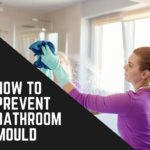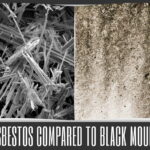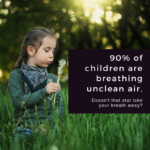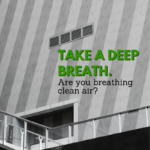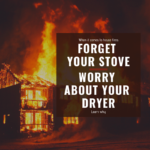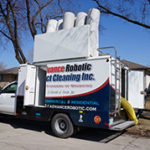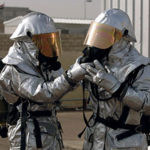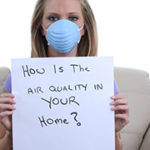Sick Building Syndrome (SBS) refers to symptoms of feeling unwell from being in a particular building or enclosed space. While it has no single known cause, the syndrome is usually associated with poor indoor air quality, mainly due to poor ventilation. Unfortunately, there are no medical diagnostic tests or known treatments for Sick Building Syndrome. In addition, SBS mimics other illnesses such as the common cold and is most often detected once several people report the same symptoms.
Symptoms of Sick Building Syndrome
Sick Building Syndrome can impact your neurological, respiratory, and skin systems. Some of the common medical symptoms of this illness include:
- Headache
- Nausea
- Fatigue
- Running nose
- Breathing difficulties
- Throat irritation
- Allergy-like symptoms, including sneezing and wheezing
Generally, the SBS symptoms are short-lived and tend to improve once someone leaves a building with poor indoor air and reappear when they return to the building. If consistent symptoms that reoccur while in a particular building are observed, investigating Sick Building Syndrome as a potential culprit might be a wise step to take.
Causes of Sick Building Syndrome
There is no single cause of Sick Building Syndrome. However, some significant factors may include the following:
- Poor ventilation and indoor air
- Dust and tobacco smoke
- Pesticides
- High levels of harmful chemicals in cleaning products
- Carbon monoxide
How to Tell if Sick Building Syndrome is What You’re Experiencing?
A building investigation can be done if SBS is suspected. This includes:
- Asking building occupants about symptoms they experience in certain rooms of the building
- Inspecting the HVAC system for contaminants in the ductwork
- Conducting a walkthrough of the building, looking for sources of contamination such as rodent/pigeon droppings, standing water, or mould growth
- Taking air samples to show contaminant concentrations
Reviewed and Approved Ways of Preventing Sick Building Syndrome
One of the best ways of dealing with Sick Building Syndrome includes keeping your ventilation and ductwork well-cleaned and maintained. A building’s ductwork is typically hidden away out of sight and out of mind, and therefore does not get maintained as often as it should for optimal functioning. The preventative maintenance service of duct cleaning in commercial buildings is recommended every 3-5 years.
If neglected for extended periods of time, dust, pollen, bacteria, and mould spores will accumulate in the ductwork significantly affecting the air quality. Keeping the HVAC system well-cleaned, dry, and maintained will help to keep people safe from Sick Building Syndrome.
Want to Prevent Sick Building Syndrome? Talk to the Experts!
Once air pollution and exposure to contaminants are identified as the main culprit for Sick Building Syndrome, work can begin on resolving the situation. If dirty ductwork is the primary cause of contaminated air, you can reach out to the experts at Advanced Environmental Services Inc. to clean the HVAC system and improve air quality. Whether you need help cleaning or inspecting the ducts, eliminating mould, asbestos, or anything in between we have your back – so don’t hesitate to call us today!


